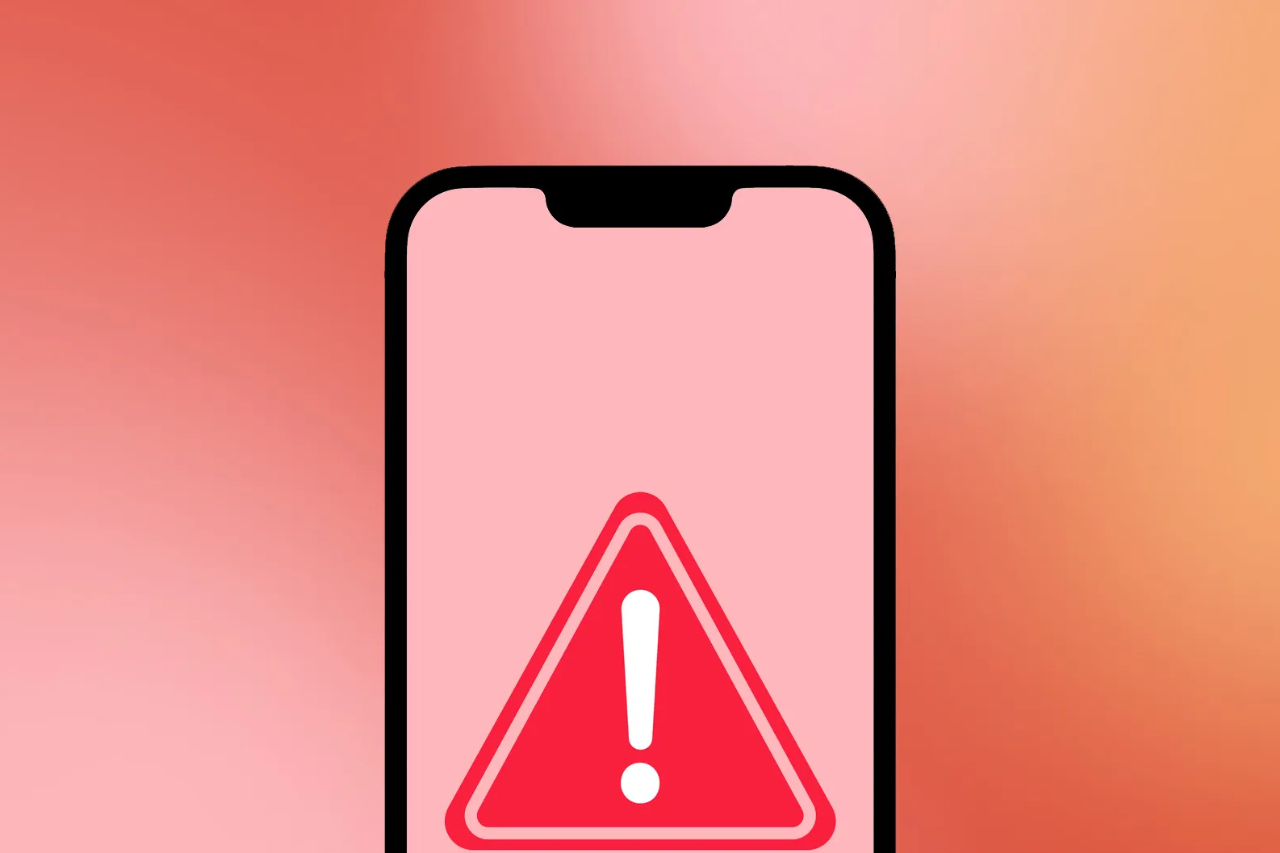Your electronic devices may alarm you on Wednesday afternoon — but there’s a reason for that. A nationwide test of the federal emergency alert system will be broadcast at approximately 1:20 p.m. CST to cellphones, televisions, and radios across the United States at around the same time.
Most Americans with wireless cellular devices will receive an emergency alert message on their phones, as will most whose televisions or radios are on when the test occurs.
What is an emergency alert?
The Federal Emergency Management Agency will conduct Wednesday’s test in coordination with the Federal Communications Commission. Emergency alert messages that make up the test are divided into two groups — the Emergency Alert System (EAS) for radios and televisions, and the Wireless Emergency Alerts (WEA) for wireless phones — although both are scheduled to happen at once.
Wednesday will mark the seventh nationwide test of the Emergency Alert System. Six previous tests were conducted over the years between November 2011 and August 2021. This will be the third nationwide test of wireless alerts, and the second nationwide test transmitted to all cellphones, FEMA said in a statement.
As the Wireless Emergency Alert test is sent out to phones, the Emergency Alert System test will be sent out to televisions and radios.
“With the combination, you’re going to catch a wide swath of people,” said Joseph Trainor, a core faculty member at the University of Delaware’s Disaster Research Center, who studies the design of disaster warning systems and how they operate, with a particular focus on mobile warning systems and smart warning systems. Trainor has worked with government agencies before, in the U.S. and abroad, to develop their emergency warning systems and procedures.
“We know that they are effective systems,” Trainor told CBS News. “Like any system, there are strengths and weaknesses. How many characters you can use, how much you can transmit, how fast you can get it out. Every system has limits, and that’s why we tell people, when we are giving advice about building warning systems, you don’t ever want to rely on just one thing.”
How is the wireless test going to work?
The wireless portion of the test will be launched through FEMA’s Integrated Public Alert and Warning System, which the agency describes as “a centralized internet-based system administered by FEMA that enables authorities to send authenticated emergency messages to the public through multiple communications networks.” It will be administered using a code sent to cellphones, according to FEMA.
Wireless alerts are created by authorized federal, state, local, tribal and territorial government agencies, and sent to participating wireless providers through FEMA’s Integrated Public Alert and Warning System, a platform that unifies national alert systems for a range of mediums and allows officials to send authenticated emergency messages quickly to the public through multiple communications networks, including television, phone and radio.
Wireless providers that participate in the integrated public system then dispatch alerts from cell towers to compatible phones in geo-targeted areas.
“The idea is that all of these systems are trying to work together to get information out, in as many ways as possible, to the right people,” Trainor told CBS News. “So that folks have the information to make good choices about the risks around them.”
Trainor noted that research into wireless alerts, like texts, show they tend to be “very good at getting people’s attention.” “When your cellphone makes a noise, you look,” he said.
FEMA says no personal data is collected from anyone’s devices in the process.
How long is the wireless emergency alert test?
Cell towers will broadcast the emergency alert test for 30 minutes, starting at approximately 2:20 p.m. EDT on Wednesday, but each phone should only receive it once.
During that half-hour, wireless phones that are turned on, not in “airplane mode,” and compatible with the alerts should receive a test message, as long as they are located within a certain range of an active cell tower and their wireless provider participates, FEMA said. All major wireless providers participate in FEMA’s wireless alert system. Some older devices may not be compatible.
FEMA notes that if you’re on a phone call at the time of the alert, the message and tone will be delayed until you hang up.
People who receive the test alert on their phones will see a message that reads: “THIS IS A TEST of the National Wireless Emergency Alert System. No action is needed.”
The alert will be translated automatically when it appears on cellphones where ose language settings are set to Spanish. That message will read: “ESTA ES UNA PRUEBA del Sistema Nacional de Alerta de Emergencia. No se necesita acción.”
To make the wireless test more accessible for people with disabilities, alerts are “accompanied by a unique tone and vibration,” according to FEMA.
Is it possible to opt out of the wireless test?
People can elect not to receive certain emergency alert messages to their cellphones from local authorities, or in some instances, simply decide whether to subscribe or not to a specific set of emergency alerts put out by a particular agency. On the other hand, it is not possible to opt out of the upcoming test of the national wireless alert system.
“Part of the reason why the system works the way it does, is that a cellphone has the ability to pick up broadcast signals,” Trainor said. He noted that the integrated public alert system relies on broadcast technology that transfers information about emergencies to cell phone towers, and each of those towers then beams the information out to whichever wireless devices are geographically within its reach.
FEMA’s upcoming test recently sparked a wave of conspiracy theories online, which are not based on reality and misrepresent how the technology works.
How will the test work for TVs and radios?
The Emergency Alert System test is scheduled to launch at the same time as the wireless portion, but will only last for one minute.
When it launches, the test will interrupt regular television and radio programming, regardless of which channel you’re watching or which station you’re tuned into, to broadcast a message that says: “This is a nationwide test of the Emergency Alert System, issued by the Federal Emergency Management Agency, covering the United States from 14:20 to 14:50 hours ET. This is only a test. No action is required by the public.”
The upcoming test of the Emergency Alert System “will be similar to the regular, monthly EAS test messages with which the public is familiar,” said FEMA.
Why is the alert system being tested?
Since 2015, FEMA has been required under federal law to test the Integrated Public Alert and Warning System at least once every three years, and those tests can involve the Emergency Alert System, wireless alert system, and other alerts and warnings.
Wednesday’s test will evaluate the technological capabilities of the national alert system to reach and inform as many people as possible in case of a widespread emergency. A backup date of Wednesday, Oct. 11, will become the test date if other emergencies, like extreme weather, prevent it from going forward as planned on Oct. 4.
“If at some point the time comes that we need to put a wireless emergency alert to the entire nation, for some really serious, catastrophic event, the ability to send out messages in little places, smaller counties, smaller geographic areas, is not the same as having the capacity to distribute those messages across the entire system,” Trainor explained. “So, one of the reasons that you might do something like this is to test the technological limits of the system, to make sure that it’s available in that way.”
The test could also help raise public awareness about what to do in a national emergency, similar to the ways in which running a fire drill inside an office building or a school helps familiarize people with the process of an evacuation.
“When an alert comes in like this, it makes people ask, ‘What is this? What am I doing here?'” Trainor said. “And there’s a natural process for people when it comes to warnings, we sometimes call it milling, where they have to kind of process it, and make sense of what’s going on, and decide if they’re going to do something. You know, ‘What is this thing? Is it real?'”
Exposure to emergency alert tests may prepare people to act quickly in the event of a real emergency, he added.
“Warning systems and alert systems, they get you started,” Trainor continued. “But there’s a human decision process and, if it’s the first time you’ve ever seen one in a real event, it’s going to take you longer to make sense of what it is, and get the information you need, and process it to be able to make decisions.”
References:
Emily Mae Czachor, (October 2, 2023 / 2:30 PM / CBS News). An emergency alert test will sound Oct. 4 on all U.S. cellphones, TVs and radios. Here’s what to expect. CBS News. https://www.cbsnews.com/news/emergency-alert-test-october-4-2023-fema-fcc-cellphones-tvs-radios/
Maddie Rhodes, (Oct 3, 2023 / 07:36 AM CDT / Fox News). Phones, TVs and radios are set to alert nationwide tomorrow, here’s why. Fox 2 News.





